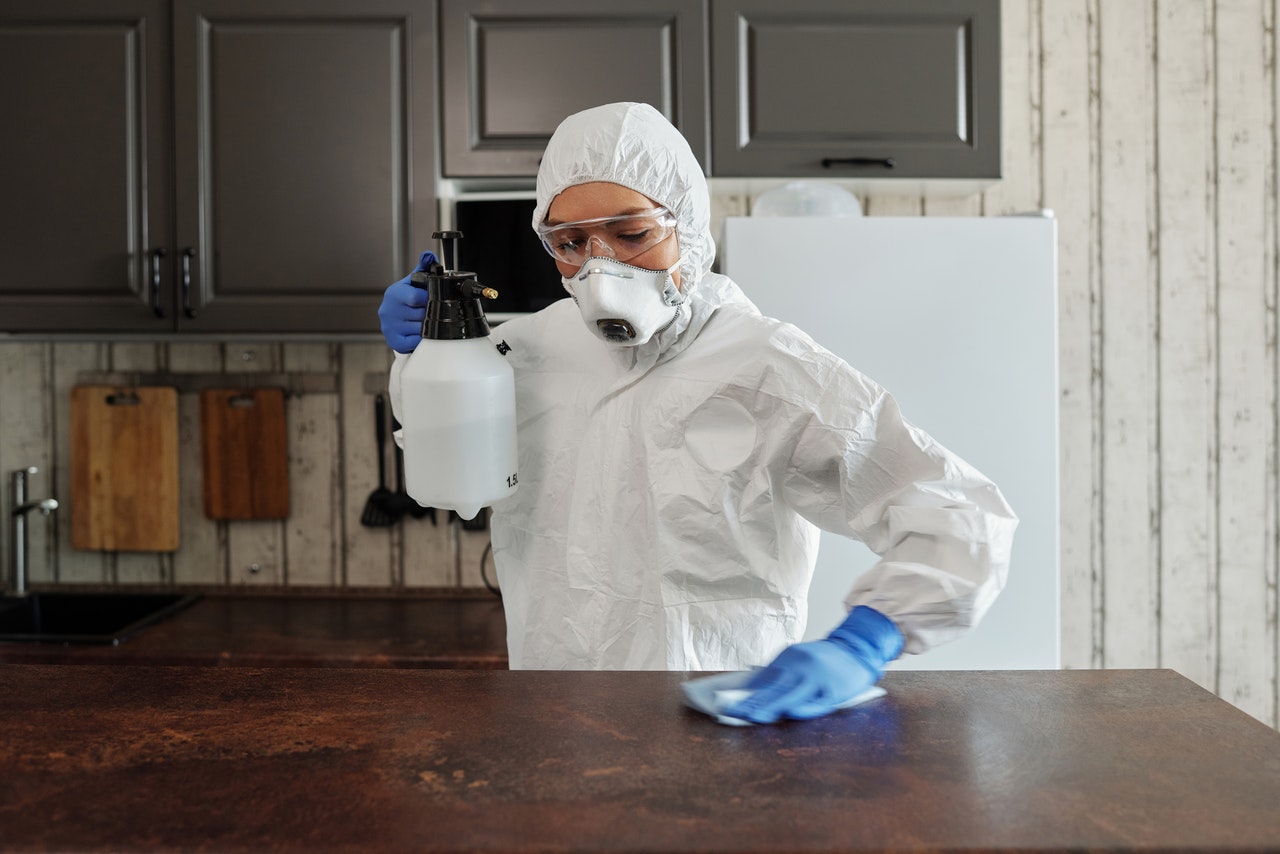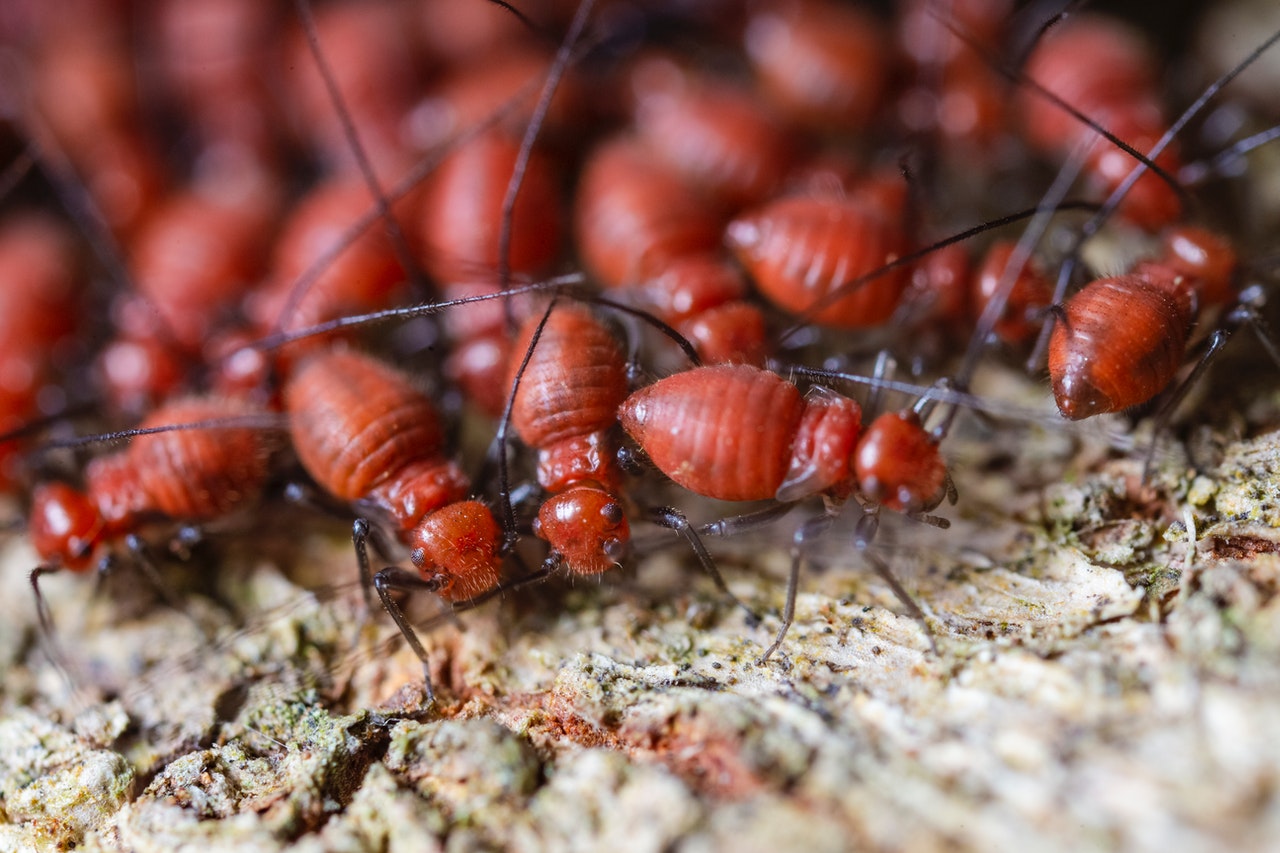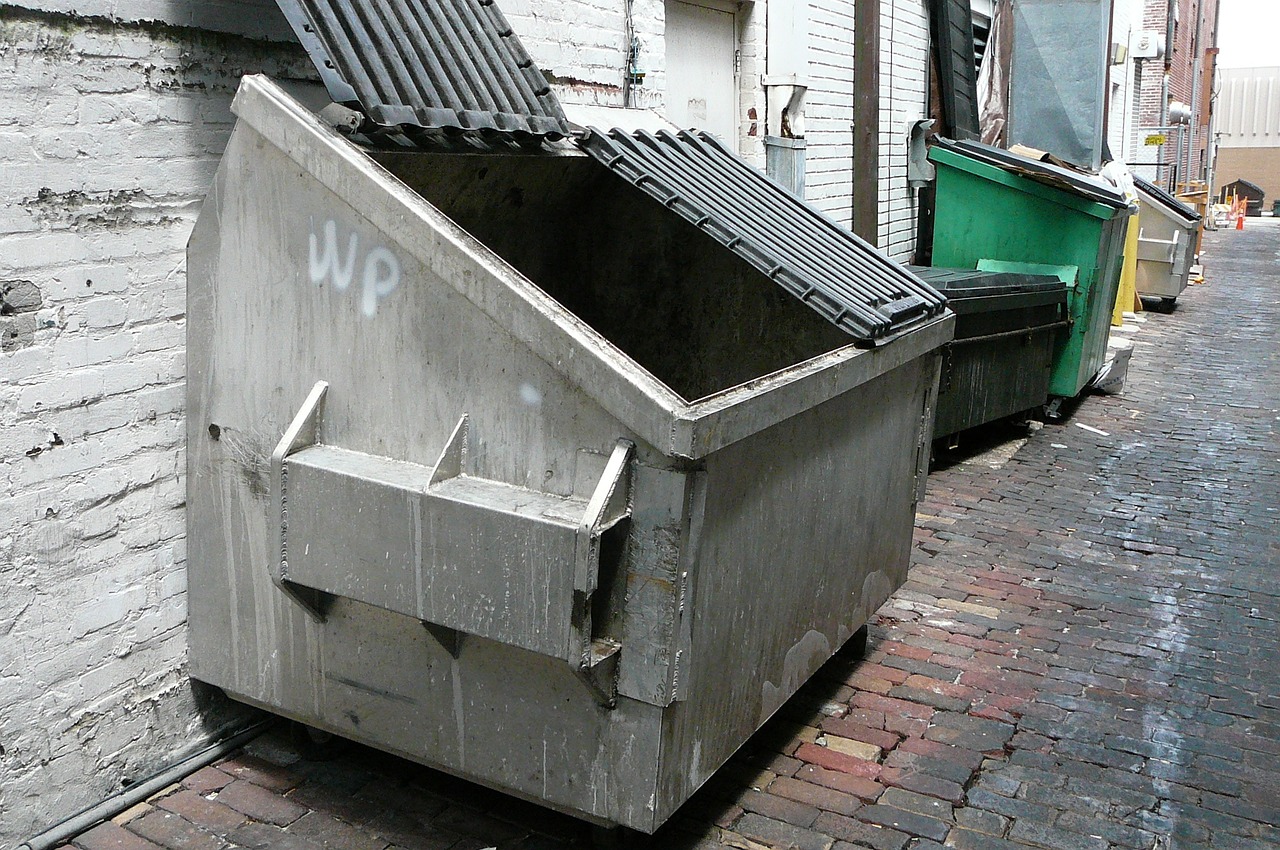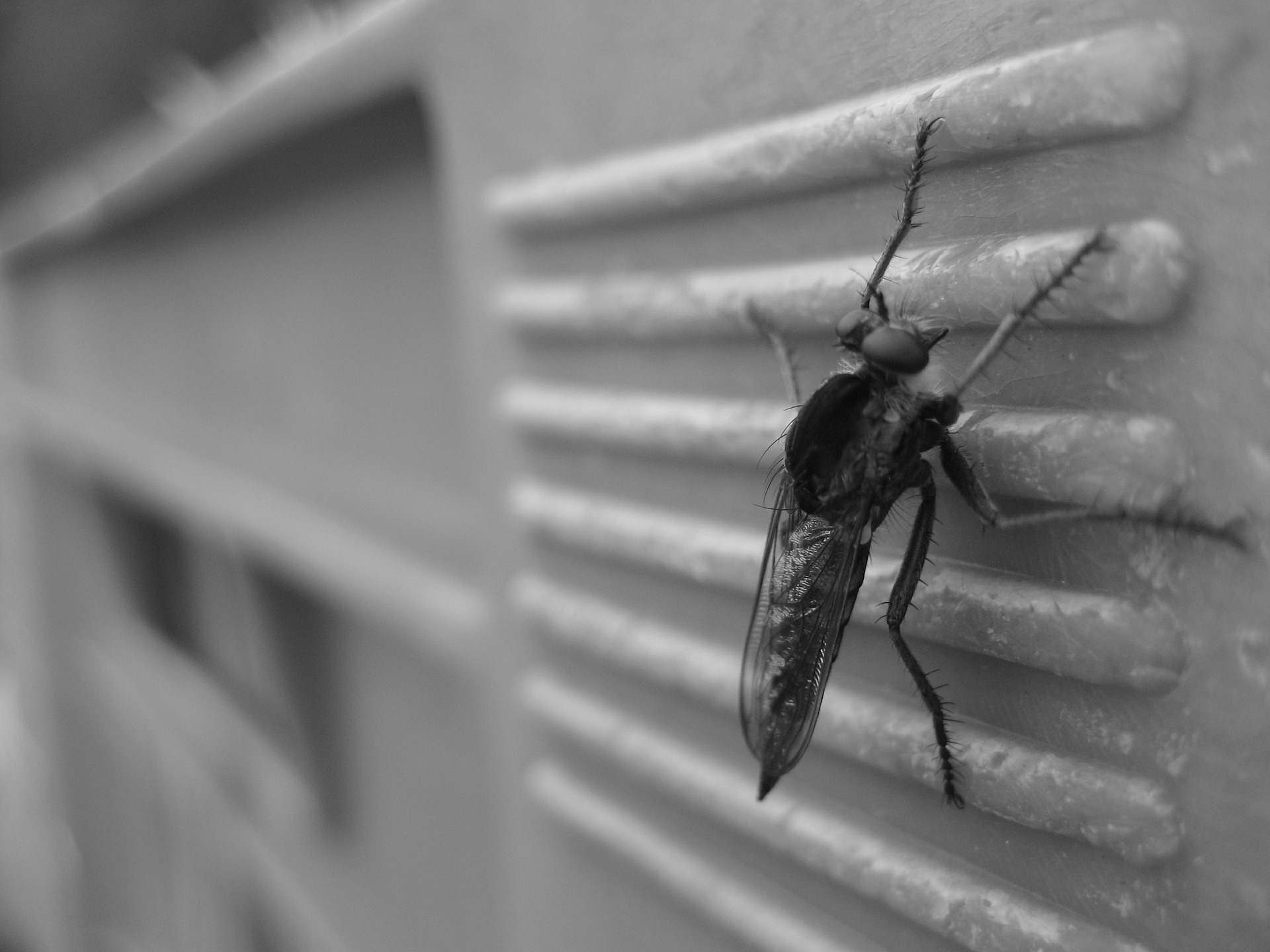Pest infestation, like termite infestation, can become troublesome over time. However, some pests can even become dangerous for human beings. Pests like mosquitoes, ticks, and fleas can even transmit diseases like malaria, dengue, and Lyme disease, while rats can inflict rat bite fever and leptospirosis.
A quarterly pest control inspection or treatment is best to eliminate and prevent infestation of common pests like spiders, moths, roaches, rodents, and termites. Scheduling quarterly pest control can proactively prevent any form of pest infestation in an establishment.
This article will introduce the process of pest control and how the process, duration, and frequency can differ according to the different types of pests. It will also discuss other differentiating factors to pest control treatment frequency like the type of establishment, types of pest control materials used, and the severity of infestation.
How Pest Control Works

Prior to the actual pest control process, a pest control Technician will visit the residence or establishment to check the extent of pest activity in the area through visual inspection and setting up traps. Inspection for termite infestation is mostly done through visual inspection alone, while infestation of other pests invisible to the naked eye requires traps and follow-up visits.
Visual inspection of the external infrastructure of the establishment can also reveal pest activity in the area. Simple cracks and crevices in the exterior or interior of an establishment can become viable breeding grounds for pests.
The pest control technician will conduct a follow-up inspection of the establishment to check the traps installed during the initial visit. The traps will reveal the activity level of pests in the establishment and will determine the extent and frequency of pest control.
Fumigation, one of the main modes of pest control, can span six days and its effects can last up to four years.
An alternative pest control method can be set up at the exterior of the house. An exterior-only method can usually last up to three months and requires quarterly visits from the pest control technician to monitor pest activity in the area.
Usually, exterior-only options will manage pests like mosquitoes and other insects during warm periods of the month.
Pest Control for Different Types of Pests
Usually, the season determines the mode of pest control that is most suitable for eliminating specific types of pests.
January to March marks the season for pests like subterranean termites, spiders, silverfish, and rodents. During these months, they search for areas to colonize near their food sources. Pests like earwigs, fleas, and ants flourish afterwards from April to June.

The third quarter of the year, July to September, is the hottest months and is ideal for drywood termites along with fleas and ants. In the last quarter, from October to December, is where pests like spiders and rodents seek shelter in establishments to survive the winter or lay eggs that will live until spring.
Other pests like roaches and bed bugs as well as some types of nuisance birds are present all year. Thus, these types of pests require more frequent applications to help prevent them from establishing colonies within an area.
Common insects like ants, centipedes, and spiders often only require a one-time pest control treatment. Pest control treatment for roaches, however, can vary in frequency depending on various factors including extent of infestation and the size of the establishment. Usually, roaches flourish in large residential areas that host various families like apartment complexes. Pest control treatment for roach infestation can require up to four treatments depending on the level of infestation.
Pest control treatment for rodent infestation, however, requires a more complicated process. Pest control technicians often install exterior rodent control stations to control the population of rodents in the vicinity. This often consists of several walls of control defense to prevent rodents from colonizing the area.
The location of an area can also alter the pest control strategy and frequency. Southern States are more prone to pest infestations than states in the North because of their relatively mild winter and intense summer season. Pests can survive winter, but they thrive during the spring and can become accustomed to the summer season.
In the worst cases of pest infestation, a bimonthly pest control treatment will usually suffice to ensure that the home is protected from pests for the entire year. While there are specialty pests that differ from common pests, pest control technicians can often control the population of most pests through bimonthly treatment.
Commercial vs Residential Establishments
Residential establishments often experience pest infestation from termites, bed bugs, and ticks, while commercial establishments like restaurants and cafes are more likely to become infested with roaches and rats due to their proximity to abandoned areas and dumpsters.

Commercial establishments also often provide services to people. Local Governments ensure that these commercial establishments uphold the State’s safety standards to continue to operate.
The turnaround time of pest control for commercial establishment, or the span of time before an establishment can become operational again after conducting pest control treatment, are also faster than residential establishments because businesses have to start operation as fast as possible to prevent incurring losses.
This can make pest control treatment focused on providing one-time treatments for pests but with no long-term protection guarantees. Thus, pest control for commercial establishments is often scheduled bi-weekly.
Another point of consideration is the age of the establishment and its construction materials. Usually, older businesses and their buildings will have heavy-wooded construction, have more points of entry for pests and often have history for pest infestations in the past. Thus, these older establishments need consistent and more frequent pest control inspections and treatments.
Chemical vs Natural Pest Control Treatment
Natural pest control sprays often consists of natural compounds like diatomaceous earth, boric acid, and natural oils. While these natural deterrents are okay for the environment, they are less effective and have lesser residual effects when compared with chemical pest sprays.
Natural pest sprays’ residual effects can last as a short as one day, while chemical-based pest sprays can last for 30-45 days depending on the moisture level, temperature, and light. Thus, natural pest control treatment naturally requires more frequent application.

Severity of Infestation
While most pest control companies recommend a quarterly pest control inspection or treatment to eliminate common pests, severe infestation may require a bi-monthly or even monthly treatment.
This often occurs in households or establishments with poor long-term planning. Some homeowners and/or business owners wait until the infestation has become severe. They often assume that pest control treatments are simple one-time treatments that can completely eradicate pests from the building.
Pests control treatments, however, will wear off over time and may require frequent re-application to prevent re-infestations. Also, pests lay eggs which can protect their offspring from the effects of some pest control treatment products.
Final Thoughts
Various factors can affect the frequency and effectiveness of pest control treatment. Pest control technicians will best know the extent of pest infestation through inspection. Coordination and working alongside the pest control technician by fulfilling recommendations in doing self-inspections and reporting possible signs of re-infestation can help prevent more frequent visits for treatment.





